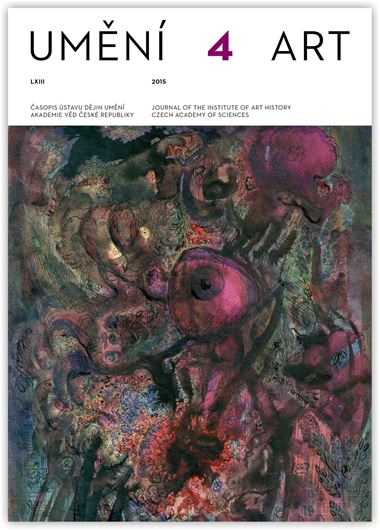Tereza Johanidesová
„Úzkost z vlivu“ v dějinách umění
Art historians often use the term ‘influence’ in their work as a standard conceptual tool without realising the pitfalls that are attached to its applications to art history. A critical analysis of this term, which has proved itself vague and imprecise, points to its essential deficiencies. It is enough to look at the astrological roots of the word: in astrology influence referred to an invisible force impossible to seize hold of that could be spoken about solely on the basis of observing its effects. By failing to take proper note of this there is a risk that the original astrological meaning and connotations of the word will be preserved even in the sphere of art history. One of the most problematic aspects of ‘influenceology’ is the unidirectional causality the term implies. This problem becomes even more apparent when the term is compared to other concepts tying in with but sharply distinguished from that of influence; most notably, the concept of intertextuality, which was born from an effort to rid comparative literature of influenceology and is currently proving itself highly relevant in the field of art history in relation to interpictorialism and to the strategy of appropriation that is so essential to post-modernist art. Czech art history has also made some interesting attempts to come to terms with the concept of ‘influence’. From the unreserved application of influenceology in the formalistic-genetic art history of Vojtěch Birnbaum to Václav Richter’s criticism of influence, and then finally there is Rudolf Chadraba’s concept of mimetic antithesis, which largely emerged as a response to an overly mechanical understanding of influence in the methodology of art history, and appeared at the same time as Oleg Grabar, a historian of Islamic art, came up with the almost identical concept of symbolic appropriation.
Full-text in the Digital Library of the Czech Academy of Sciences:
https://kramerius.lib.cas.cz/uuid/uuid:727e2d97-b23d-4c57-bb05-f13664ec1826
< back

